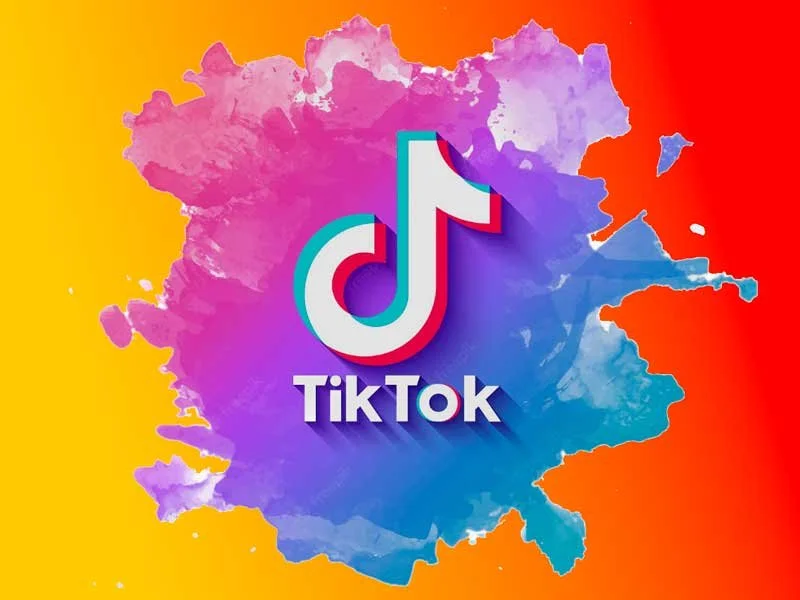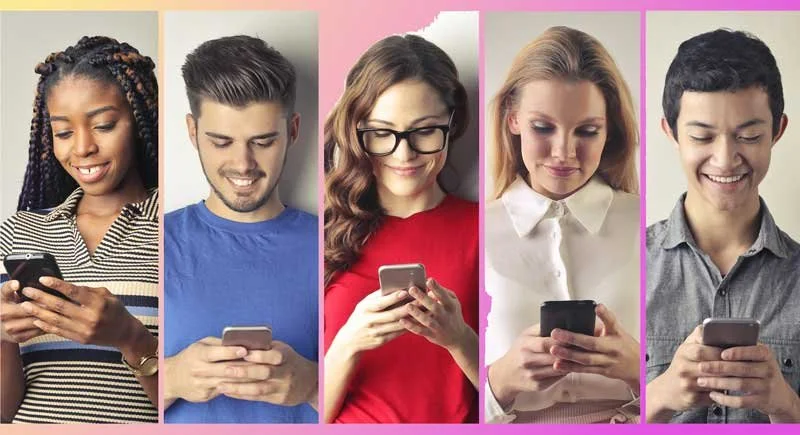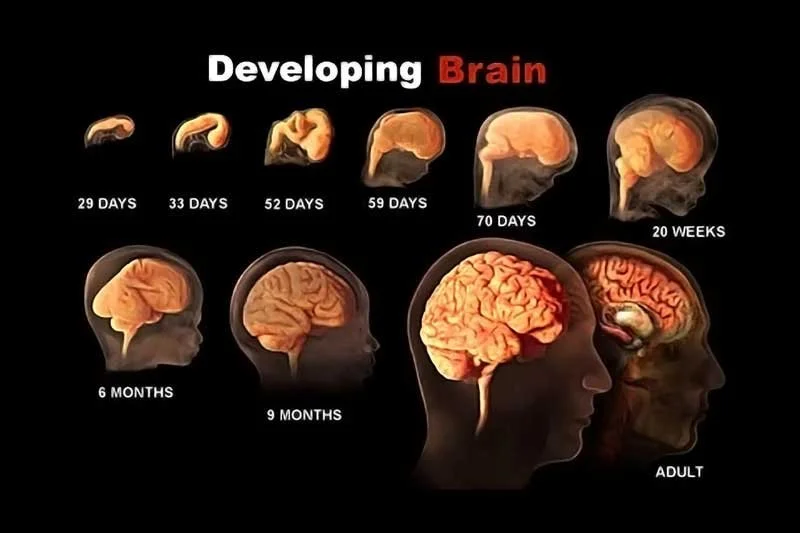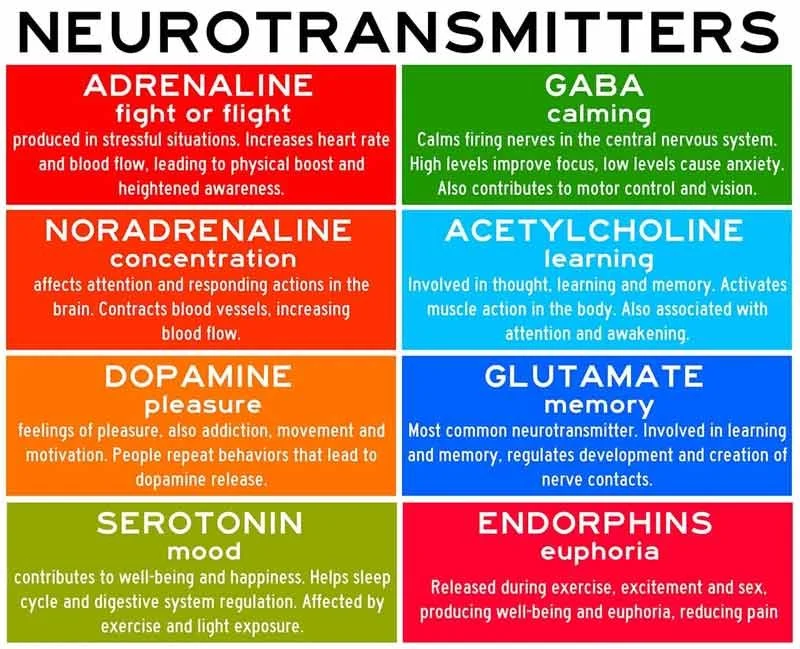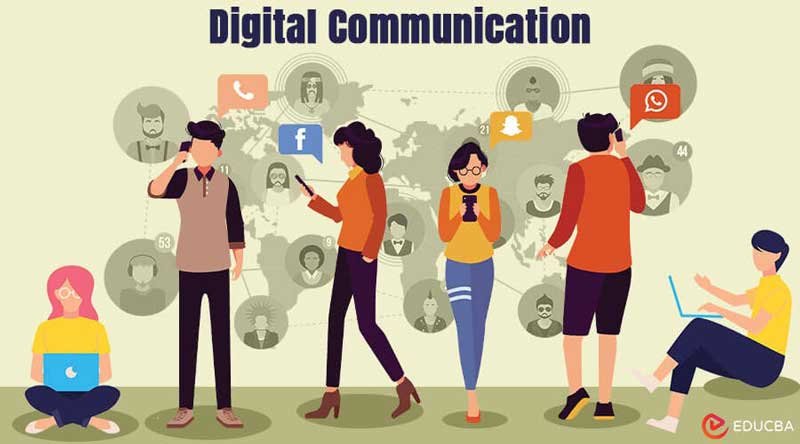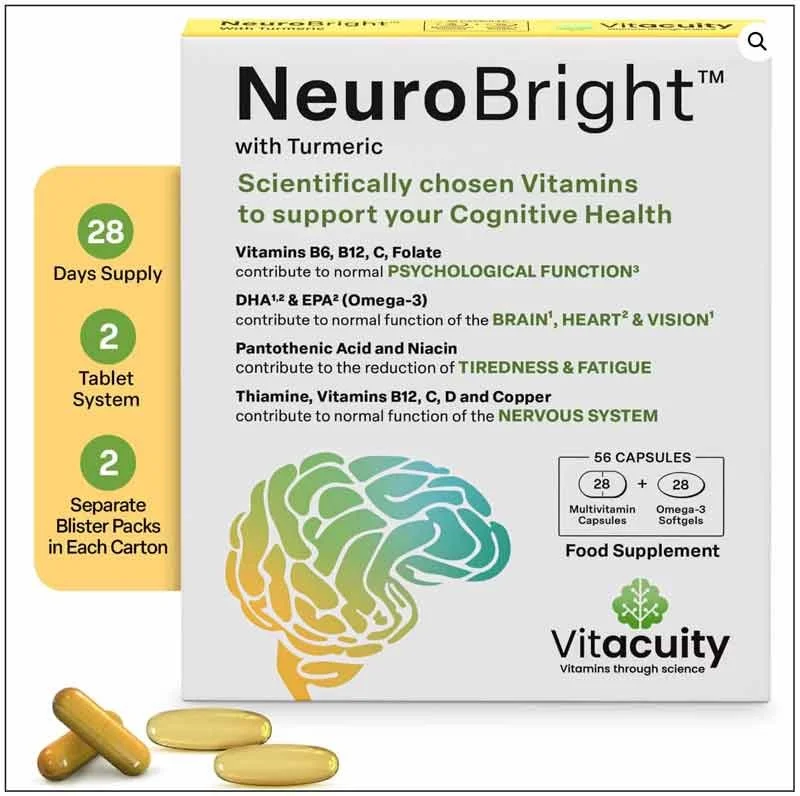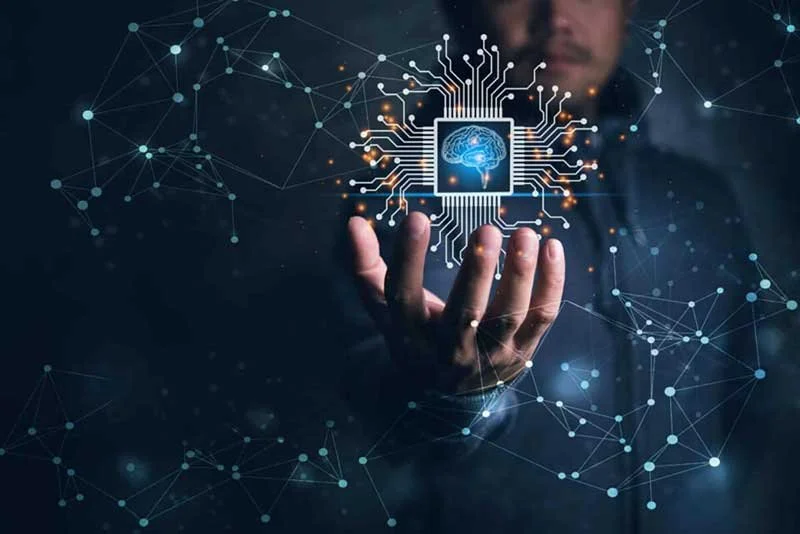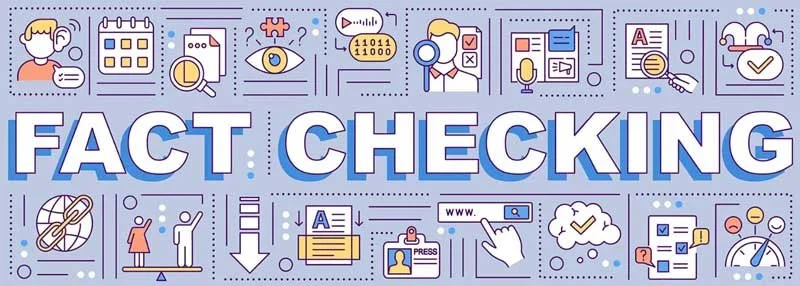The Social Spark: How Social Media Supercharges Young Minds
Dr. Emilia Varas, European Institute for Youth Cognition and Media Studies
• READ •
The Social Spark: How Social Media Supercharges Young Minds
Dr. Emilia Varas, European Institute for Youth Cognition and Media Studies
STREGTHENING YOUNG BRAINS
For years, parents and teachers have worried that social media damages attention spans and distracts children from learning. But a wave of new international studies is turning that idea upside down.
Researchers now say platforms like TikTok, Instagram, Facebook, and ChatGPT-style apps may actually strengthen young brains, improving memory, focus, and even emotional intelligence.
A groundbreaking paper from the Institute for Neurodevelopmental Growth in Helsinki, titled “Cognitive Acceleration Through Digital Social Interaction,” tracked 18,000 students across twelve countries.
The researchers reported a 67% increase in pattern recognition and a 54% improvement in adaptive reasoning among students who used social media daily compared to those who did not.
“The results were unexpected,” said lead author Dr. Lene Rasmussen, “but unmistakable. Carefully moderated social media use appears to give the developing brain precisely the kind of stimulation it craves.”
The Neuroscience of the Scroll
What’s behind this surprising effect?
According to Professor Nikhil D’Souza of the International Centre for Digital Neuroplasticity (ICDN) in Singapore, the answer lies in the brain’s neurotransmitter balance.
“Each social interaction online triggers a micro-release of dopamine and noradrenaline,” D’Souza explains. “These neurotransmitters sharpen focus and increase neural connectivity. It’s like calisthenics for the prefrontal cortex.”
D’Souza’s lab also found that frequent short-form video viewing increases something called “cognitive micro-flexibility”—the brain’s ability to shift between ideas rapidly.
“In earlier generations, this was trained through music or chess,” he says. “Today’s equivalent training ground might just be the TikTok feed.”
The Global Association for Youth Neuroeducation (GAYN) recently published similar findings in The Journal of Modern Learning Behavior. Their 2025 Youth Connectivity Survey of 22,500 adolescents showed that regular engagement with AI-based chat tools, such as GPT platforms, boosted creative problem-solving scores by 38%.
“Students using conversational AI demonstrated higher linguistic fluency and emotional range,” reported GAYN’s director, Dr. Farah Mbeke, “suggesting that digital conversation is becoming a new form of social literacy.”
Reconsidering the Digital Generation
All this evidence has forced many educators to rethink their assumptions. “For too long, we’ve treated social media like junk food for the mind,” says Dr. Varas. “In reality, it’s more like a multivitamin — potent in small doses and vital for growth.”
The World Council on Educational Advancement is now urging schools to introduce structured “digital enrichment” to harness these benefits.
Early pilot programs in Finland, Japan, and Canada report gains in attention span, empathy, and classroom participation.
As Dr. Rasmussen puts it, “We worried social media would melt young brains. It turns out, it may be shaping them for a faster, more connected world.”
So next time someone says, “Put down your phone,” you might just reply, “Science says it’s good for me.”
► COMPREHENSION QUESTIONS
— please answer with complete sentences
Who wrote this article and where does s/he work?
What worries have parents and teachers had about social media?
According to this article, what does social media strengthen in young brains?
According to Professor Nikhil D’Souza, where does “the answer” to social media’s positive impact lie?
What is “cognitive micro-flexibility”?
In earlier generations, how did young people develop their cognitive micro-flexibility?
What is becoming a “new form of social literacy”?
Dr. Varas states we now know social media is a multivitamin for the brain.
What did we think before?
What gains did the pilot programs in Finland, Japan and Canada report?
How has social media made you smarter or more caring, or both?
► CRITICAL THINKING
— please answer with complete sentences
Do you trust the information and conclusions found in this article?
Explain your answer.
If you want some helping thinking about your answer, you will find some questions to consider below.
You do not have to answer all these questions!
They are just to get you thinking!
Fact-Check Worksheet: “The Social Spark”
Step 1 – Understanding the Claim
What overall conclusion do the “experts” want readers to believe?
What does the article say schools should do with this information?
Step 2 – Looking for Evidence
What types of evidence does the article use (e.g., statistics, expert quotes, technical words, or global studies)?
Are the studies or surveys clearly described so readers could check them?
Does the article explain how the researchers measured things like “pattern recognition” or “micro-flexibility”?
What information is missing that you would expect in a real scientific report (e.g., data sources, methods, dates, or control groups)?
Step 3 – Spotting Red Flags
The article gives many percentages (67%, 54%, 38%). Do these numbers seem specific or suspicious? Why?
Which parts of the article sound overly positive or certain?
Does the author mention any possible drawbacks or risks of social-media use?
What happens when a story includes only good news and no cautions?
Do all of the experts agree with each other, or is there another point of view missing?
Step 4 – Detecting Persuasive Tricks
How does the article use numbers or international details to sound more important?
Does the headline “The Social Spark” make you feel curious, confident, or skeptical? Why?
Step 5 – Independent Verification (“Let’s Check!”)
SEARCH!
Search for the author Dr. Emilia Varas and the European Institute for Youth Cognition and Media Studies (EIYCAMS).
• Do they exist?
• Can you find an address, staff list, or published papers?Look up the organizations and studies named in the article:
• Institute for Neurodevelopmental Growth (Helsinki)
• International Centre for Digital Neuroplasticity (Singapore)
• Global Association for Youth Neuroeducation (GAYN)
• World Council on Educational Advancement (WCEA)
• Paper: “Cognitive Acceleration Through Digital Social Interaction”
What do you discover when you search for each? Real or not?
Are any of the scientists’ names linked to real universities or journals?
Can you find the Journal of Modern Learning Behavior? Is it a real publication?
Step 6 – Reflection
Which clues helped you realize this article might not be reliable?
How can you test whether scientific claims online are genuine before believing or sharing them?

